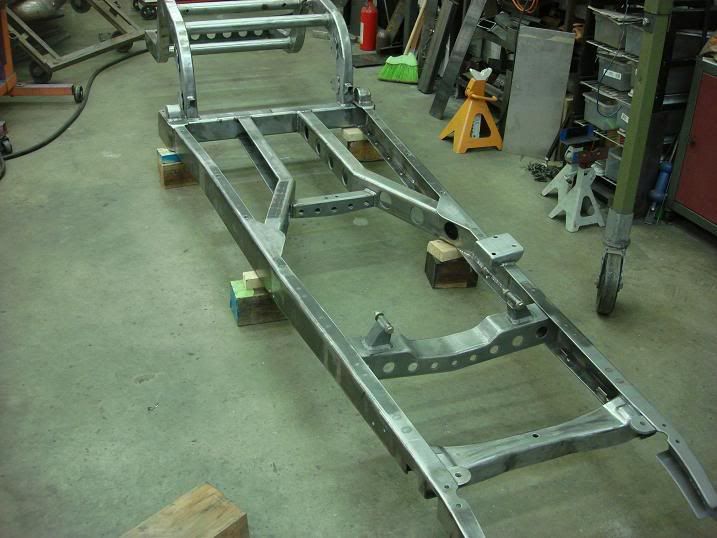Thefarmboy21
Well-known member
Just wondering what the advantages/disadvantages were between building a fresh frame from say, 2"x4" square tubing OR having machine cut plates (sides) and then welding all the pieces up into a boxed frame.
A friend of mine has a fab shop with 2 water jets and a Lazer....and the place I work for just ordered a table plasma cutter. SO I could easily make the frame templates and have the pieces cut and then just weld them up.
From what I see, The pros for the tubing would be less labor and likely less cost.
And for the flat plate, you could get smoother lines, any shape you wanted really...and it would likely be structurally stronger.
A friend of mine has a fab shop with 2 water jets and a Lazer....and the place I work for just ordered a table plasma cutter. SO I could easily make the frame templates and have the pieces cut and then just weld them up.
From what I see, The pros for the tubing would be less labor and likely less cost.
And for the flat plate, you could get smoother lines, any shape you wanted really...and it would likely be structurally stronger.









